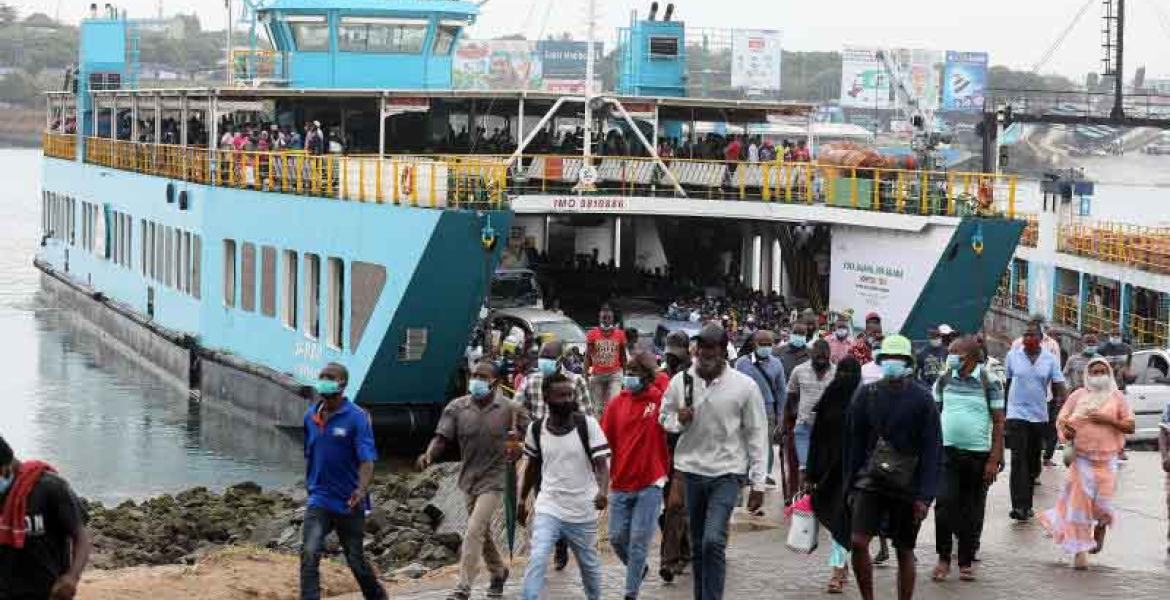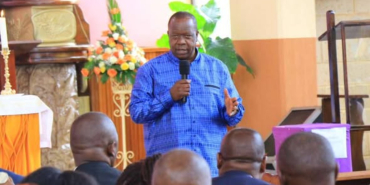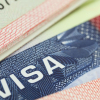Likoni Residents Depend on Crowded Ferry Despite Safety and Delay Concerns

Thousands of Likoni residents continue to rely on the congested ferry crossing to access Mombasa Island, despite long-standing concerns over safety, delays, and limited transport alternatives.
For years, Likoni has remained physically and symbolically separated from the rest of Mombasa by the Likoni Channel. While mainland areas enjoy direct road and bridge connections, Likoni depends on the ferry system for daily movement. The partial opening of the Dongo Kundu bypass in 2024 eased pressure slightly, but the ferry remains the main transport link, shaping the area’s economy and daily routines.
In the past, this coastal sub-county was known for its thriving tourism industry. Shelly Beach, second only to Jomo Kenyatta Beach in size, once attracted large numbers of visitors with its water sports, cultural events, and hotels. During the 1990s, clubs such as Harambee, The Office, and Shallon drew crowds, and the Shelly Beach Hotel catered to international tourists and British military personnel.
This growth ended abruptly in 1997, when the Kaya Bombo clashes triggered ethnic violence across the region. The unrest caused major disruption, leading to business closures, job losses, and a sharp decline in tourism. Shelly Beach fell quiet, and many locals either moved away or left the hospitality industry altogether. Efforts to revive tourism have seen limited success.
The reopening of the Shelly Beach Hotel in 2019 offered hope, and new businesses like the Shelly Chocolate Restaurant have attempted to attract visitors. However, insecurity remains a serious concern. Gang activity, often involving minors, is widespread. Groups such as Loliondo, Chaka Chaka, and Vampires are frequently linked to violent incidents, particularly at night, when many residents avoid the streets for fear of attack.
Local authorities have responded with rehabilitation programmes and community security forums. In late 2024, over 100 young people surrendered as part of a reintegration initiative. While officials have cited poor parenting as a cause of youth crime, community leaders highlight deeper challenges, including poverty, unemployment, and lack of access to education.
Likoni’s population of over 228,000 is spread across six wards, yet basic services remain unreliable. Water shortages, limited infrastructure, and unresolved land disputes continue to affect daily life. Despite these conditions, Likoni remains a preferred residential area for many due to its lower cost of living. Rent is significantly cheaper than on Mombasa Island, and daily expenses are often met through small-scale purchases.
Informal support systems, such as neighbourhood maskani, help residents navigate economic hardship. The population is diverse, with a mix of ethnic backgrounds and livelihoods, including quarry work and subsistence farming. Recent infrastructure plans offer potential for long-term improvement. The Kenya Ports Authority has launched a two-year upgrade of the ferry crossing, which includes expanding passenger bays and enhancing pedestrian safety.
Plans for a permanent bridge are also progressing, with land acquisition already underway.








Add new comment